
Traveling around Canada you will find several museums that tell the story of Italian immigration and the first communities that settled in this immense country, while at the University of Toronto there is a department dedicated to the arrival of the Italians. These communities have tried to preserve their traditions such as cuisine, patronal festivals (especially the feast of San Roch which is celebrated in practically every Italian town) and the sense of family.
In recent years, thanks to the Town Ambassador award, we have met and interviewed many Italian-Canadians, generally people who were the first or second generation of Italian emigrants, and recently our friend Caroline Di Cocco told us about a very interesting exhibition that was visited by an incredible number of people.
Caroline is Town Ambassador of Fontechiari (in Val Comino), she was the Minister of Culture of Ontario and has long been involved in recording the arrival of Italians in her city of Sarnia in Lambton County, Ontario. For this reason, she was called for a conference on Ciociaria to accompany an exhibition at the Lambton Heritage Museum that told the story of Italian immigrants in Canada: “Il Cammino: From Italy to Sarnia-Lambton”.
In this exhibition, stories of several Italian families who arrived in Canada were told thanks to a very particular setup: in fact, some families had the original clothes of their ancestors who had arrived in Canada on display. Ciociarian costumes from Casalvieri in Val Comino were put on display with an original-size photograph of the lady who wore them and the presence of one of the descendants.
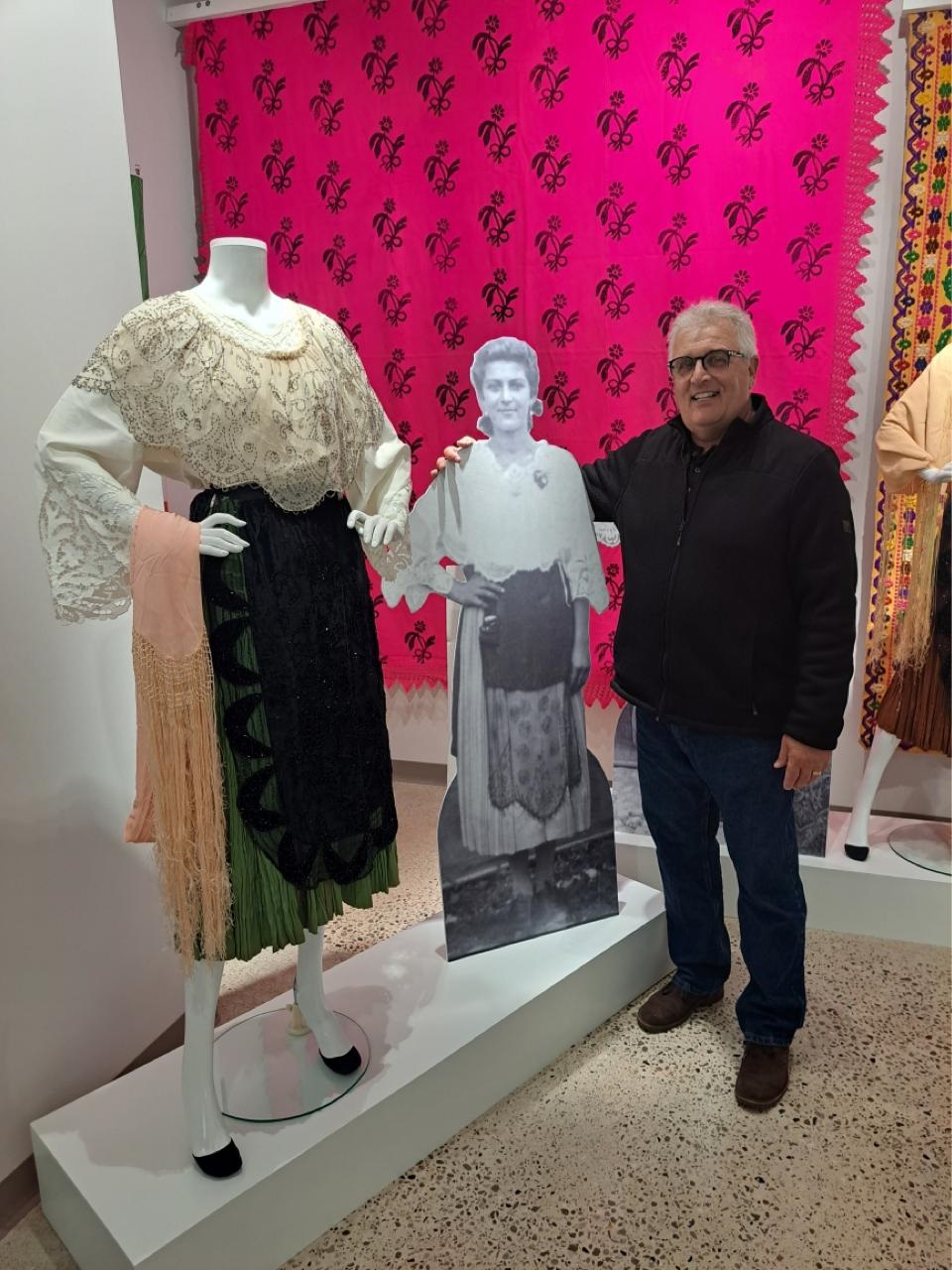
But the first question Caroline received from the audience was: "tell us the history of wine and Italians. How was wine made?"
A section of the exhibition was dedicated to the tools for making wine that came right from Caroline's house where her son had wanted to collect memories of his grandfather. Everyone knows that wine is a fundamental element of Italian history, the first illustrations are found in Etruscan tombs and the Romans were the first to create a real wine industry, also codifying the types of vines. The entire history of cultivation in France began with the Romans!
Traditionally, in Italy each family cultivated their own vineyard and made their own wine that they consumed during the year. So, for all immigrants it was natural to try to continue the family tradition by making their own wine.
It seems that the history of winemaking in this part of Canada was born thanks to a shop in Toronto or Windsor that brought the first machine (press) to Canada. From there, what is now called 'reverse engineering' began and local artisans were born who reproduced it.
This way many families began to make wine in the cellar thanks to these presses and grapes bought in California (today the grapes are bought in an area near Niagara Falls) and I'm sure that some Venetians or Friulians also made grappa.
Caroline Di Cocco's Husband in the Wine Stand
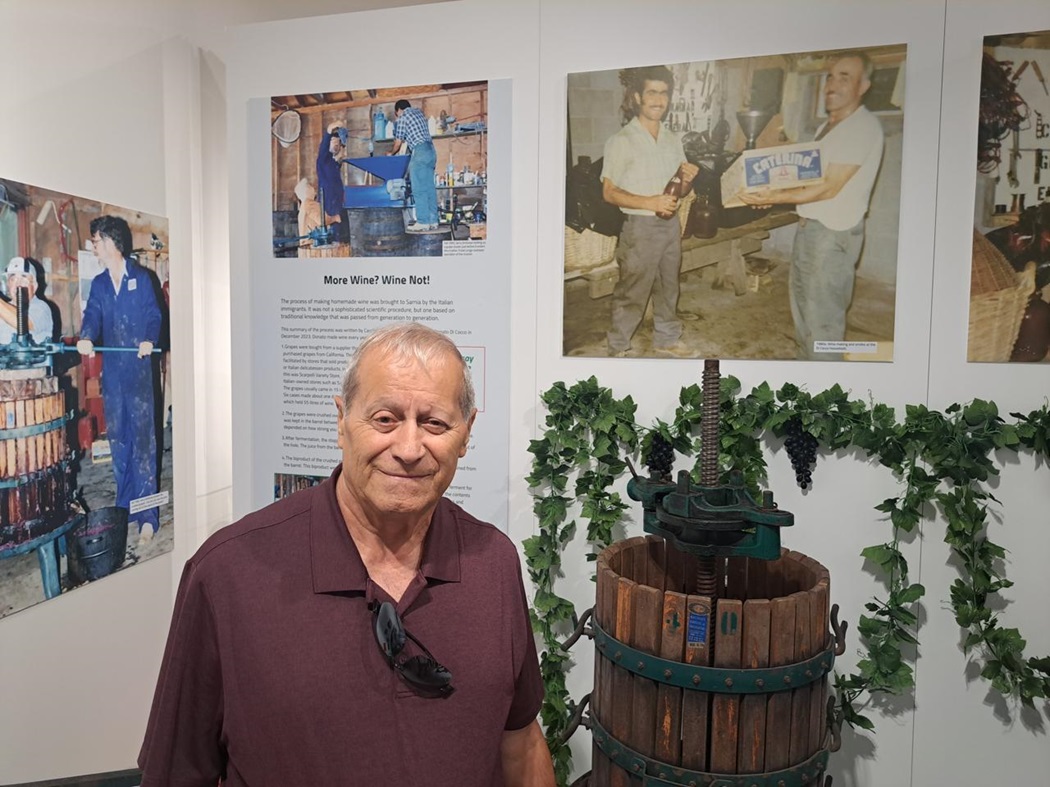
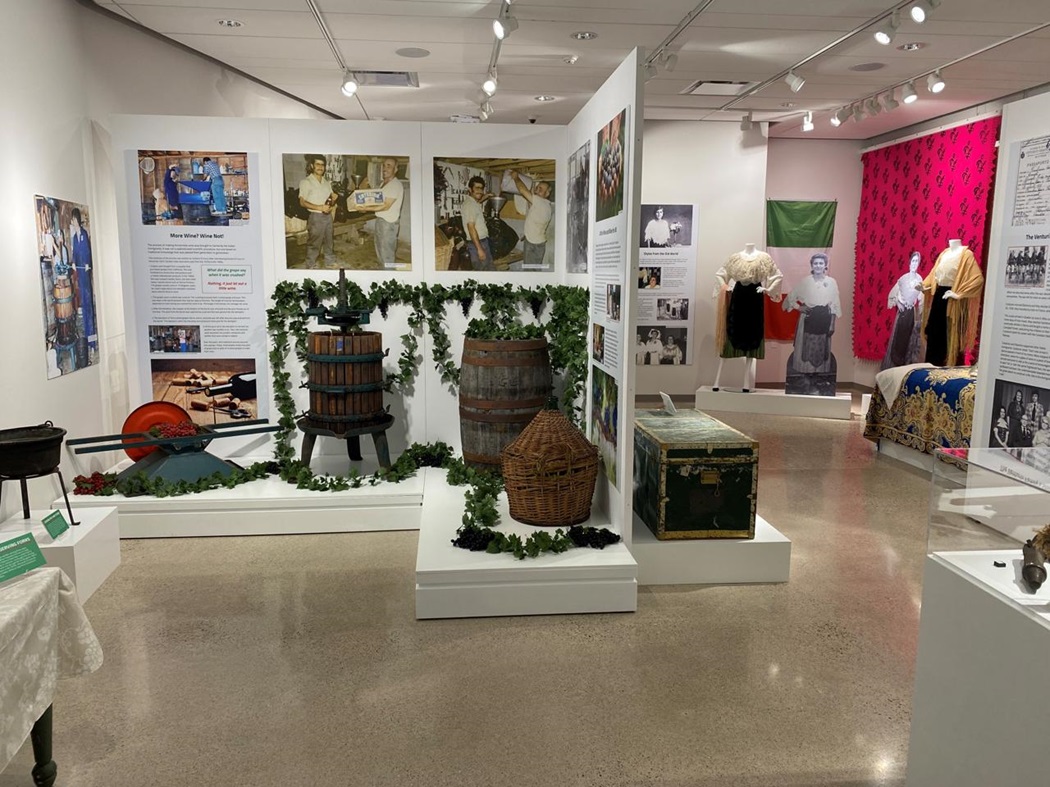
The exhibition was inaugurated in the month of June, which I didn’t know is dedicated every year to the Month of Italian Heritage.
Caroline di Cocco was invited to chair a conference on Ciociaria, the Italian province where she comes from, to raise awareness of the beauties of this particular region in which we also live: “Discover and Explore a Hidden Gem of Italy”.
Caroline talked about this land and focused on Alvito and its theater inside the Palazzo Ducale where this winter we had seen the play Sister Act together, which also won one of the awards of the theater festival Ruggito d’Attore of which I was on the jury.
A beautiful evening that perhaps made Caroline’s conference even more exciting, which was sold out.
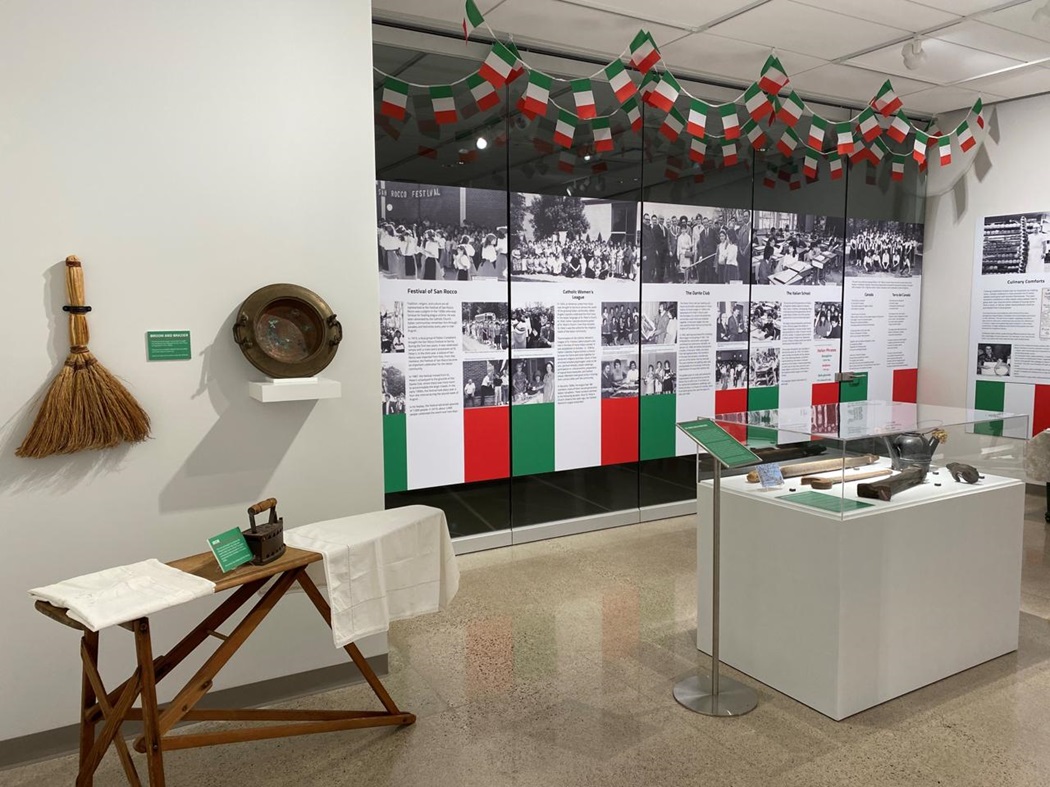






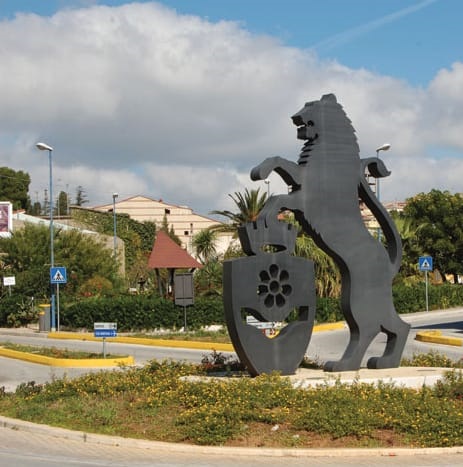


Follow us